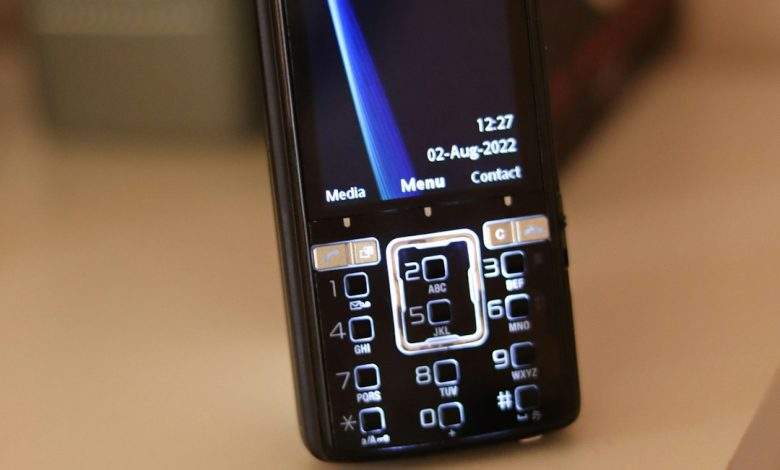
Mobile Phones from 2010: What We Loved and What Aged Badly
The year 2010 marked a pivotal moment in the evolution of mobile phones. Smartphones were quickly becoming mainstream, transitioning from luxury gadgets to essential daily tools. From the iconic designs to emerging features like front-facing cameras and early app ecosystems, mobile phones in 2010 were both innovative and, in hindsight, a bit clunky. Reflecting on that era gives insight into what we loved about those devices—and what hasn’t exactly stood the test of time.
What We Loved About 2010 Mobile Phones
- Simplicity and Build Quality: Many 2010 phones were built like tanks. Take the Nokia N8, for example, which had an aluminum body that made it feel indestructible. The physical buttons were tactile, and navigating the UI with a D-pad or physical keyboard offered a uniquely satisfying experience.
- Variety in Design: Unlike today’s mostly uniform slabs, 2010 phones appeared in myriad shapes—sliders, clamshells, candybar phones, and experimental touchscreens. Each model had a distinct personality, from the rugged Blackberry Bold to the elegant Sony Ericsson Xperia X10.
- The Birth of the Selfie: While not exactly the origin, the inclusion of front-facing cameras in phones like the iPhone 4 signaled the beginning of a cultural shift. Apps like Skype and FaceTime were underway, making video calls and selfies more prominent.
- Expandable Storage and Removable Batteries: Most phones supported microSD cards and had easily removable batteries—features often missed in today’s smartphones.
Features That Aged Poorly
- Resistive Touchscreens: Before capacitive touch dominated the market, resistive screens required pressure—and sometimes a stylus—to register input. They were less responsive, making swiping and typing cumbersome.
- Low Screen Resolution: Although cutting-edge for the time, most 2010 mobile phones had displays under 800×480 pixels. Text often appeared jagged, and media playback lacked the clarity we now take for granted.
- Limited App Ecosystems: While the Apple App Store and Android Market (now Google Play) existed, the selection was limited and many apps were rudimentary. Third-party app support was inconsistent, particularly for platforms like Symbian and Blackberry OS.
- Camera Performance: Despite boasting high megapixel counts, most cameras from 2010 suffered from poor low-light performance, clunky interfaces, and slow shutter speeds.
- Fragmented Software Experience: There was no unifying standard. Android versions were inconsistent between brands, Symbian updates were rare, and iOS was still limited in features like copy-paste functionality and proper multitasking.
A Nostalgic Rewind with Lessons Learnt
More than anything, mobile phones in 2010 show us how far we’ve come in just over a decade. While modern smartphones are more advanced in every conceivable way, they sometimes lack the individuality and innovation that earlier phones embodied. The transition from removable batteries and quirky form factors to unified slabs of glass has streamlined usability, but also stripped away some character.
Today, features like AI-enhanced photography, OLED displays, and 5G connectivity make the 2010 devices seem archaic. But they were trailblazers—laying the groundwork for mobile technology that now fits seamlessly into daily life.
Frequently Asked Questions
- Which phones stood out in 2010?
- Some notable models included the iPhone 4, HTC Desire, Samsung Galaxy S, Blackberry Bold 9700, and Nokia N8.
- Why were physical keyboards popular back then?
- Touchscreen technology was still developing, and many users found tactile keyboards faster and more satisfying for typing, particularly for emails and messaging.
- Did phones in 2010 have app stores?
- Yes, but they were in their infancy. Apple’s App Store and Android Market existed, but smaller platforms like Blackberry App World and Ovi Store offered limited selections.
- What made the iPhone 4 so iconic?
- It introduced the Retina Display, had a radically new design with glass and stainless steel, and included a front-facing camera for the first time on an iPhone.
- Are any 2010 phones still usable today?
- Technically yes, but they are largely obsolete due to incompatible networks, lack of app support, and outdated hardware.



